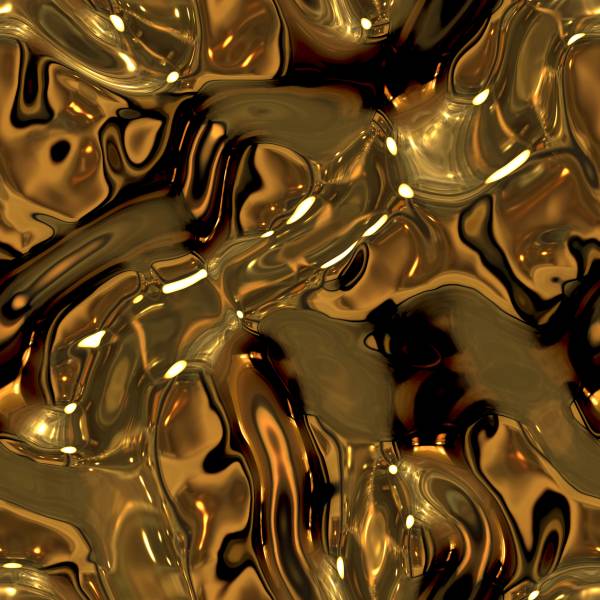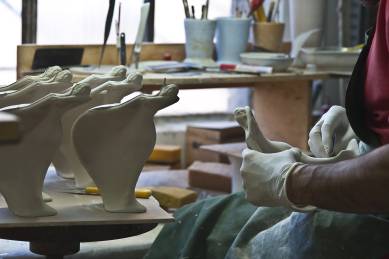FREE DELIVERY FOR ORDERS OVER € 150 IN ITALY AND FOR ORDERS OVER € 300 WORLDWIDE 

FREE DELIVERY FOR ORDERS OVER € 150 IN ITALY AND FOR ORDERS OVER € 300 WORLDWIDE 





Majolica is one of the materials that best embodies a sense of tradition, elegance and timeless aesthetic taste while also being a powerful symbol of prestige and refinement.